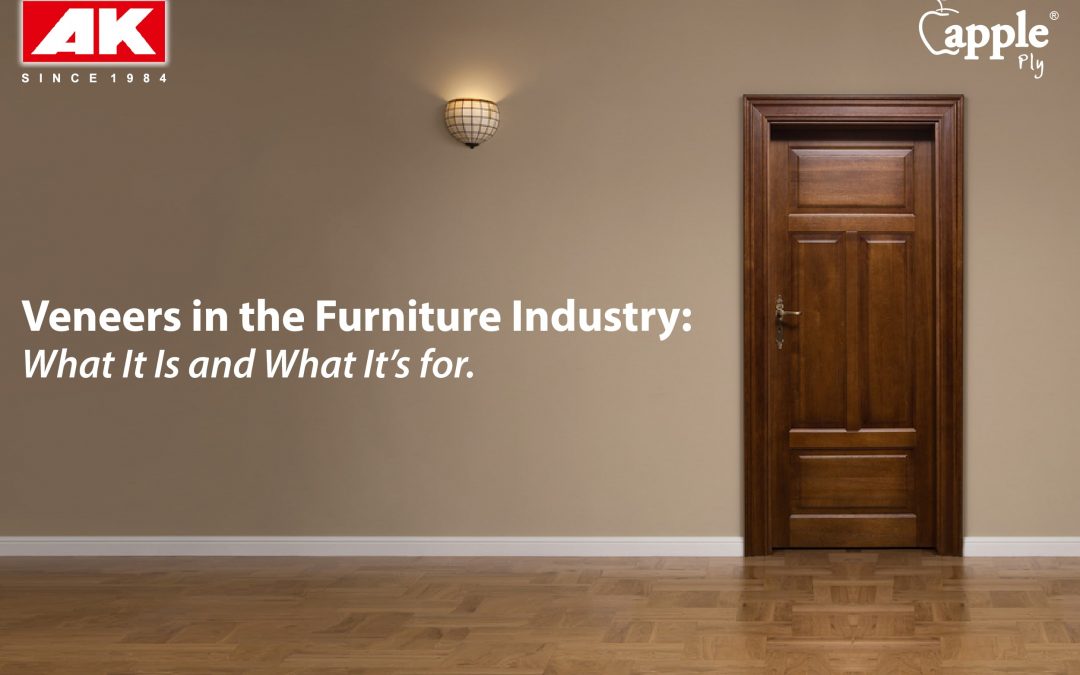The word Veneer means “an attractive appearance that covers or disguises someone or something’s true nature or feelings”. In the furniture industry, the term is used to describe a thin layer that goes on top of the wood to cover the rough or grainy texture of the wood. They are thin slices of wood that are practically peeled off the wood to make veneers. Veneer slices are usually less than 3 mm (1/8 inch) thick.
They also come in different types like raw veneer, paper-backed veneer, phenolic backed veneer, reconstituted veneer, etc. Each of these is used to get a different look and feel. Wood veneers have a traditional and structurally significant aspect that falls under contemporary design in furniture making. It has been favoured by builders and designers because it gives the wood a very authentic look. Besides that, wood veneers also help increase the stability of a product. Wood that isn’t supported by veneers is prone to warping and splitting. But the multiple layers and the glue used to make veneers, adds additional strength to the product and makes it stronger.
How Are Veneers Made?
Veneer sheets are made by peeling thin slices of wood from blocks using a slicing machine. The type of veneer depends on the type of block it is extracted from. For example, the veneers that are manufactured from inner layers of woodblocks have interesting grain patterns which can be used to make art pieces. The ones used to make artwork are referred to as decorative veneers. They can also be treated with chemicals to make them more durable and resistant to moisture and fire, as well as dirt and dust.
Veneers are used on all sorts of core panels like medium density particle boards and fire boards and even plywoods which are then used to make furniture. Now, it’s important not to confuse yourself with veneers and laminate. Laminates are generally made of synthetic material that gives the wood a shiny finish while also making it look like wood grain. When compared to laminates, veneers are more high-maintenance as they need to be polished time and again. Although they are sometimes pricey, they work perfectly as statement pieces that add aesthetic value to the furniture and the entire space.
Plywood and Veneers
There is a lot of confusion between veneer and plywood differences among the consumers. Plywoods are a type of wood panel made by glueing veneers together. They are glued together with adjacent plies having their wood grain at right angles to each other. Other materials like medium-density fibreboards can also be made by glueing together multiple layers of veneers.
AK group’s Apple plywood offers different veneer plywood types that can be replicated consistently, giving much scope for accurate colour and “grain” matches across any project. We provide veneers that have better sound insulation, durability and colour permanence than most veneers in the market! If you’re looking to buy some quality grade plywood veneers, reach out to our representatives and we’ll deliver them to you. Get a free quotation now!



